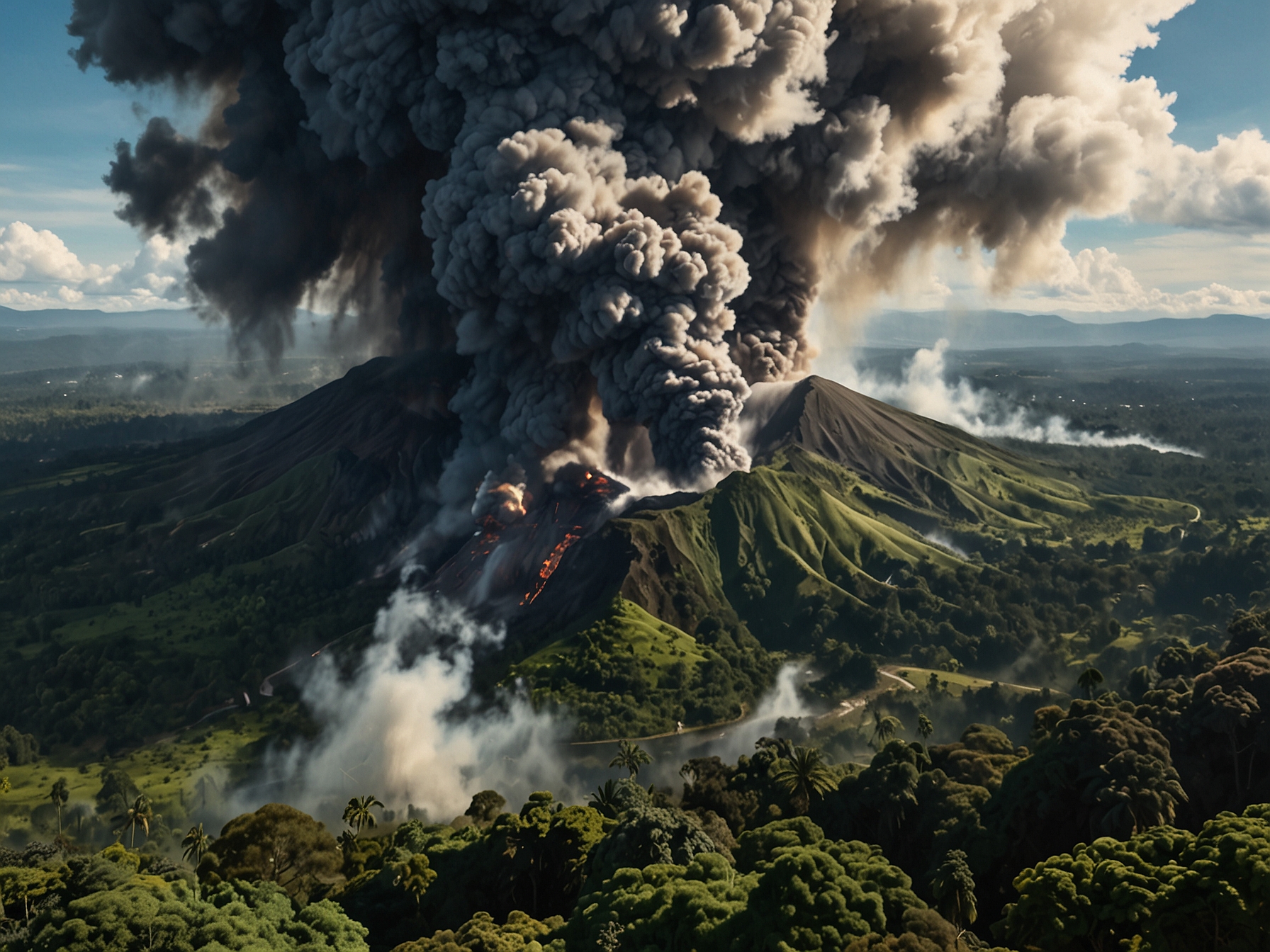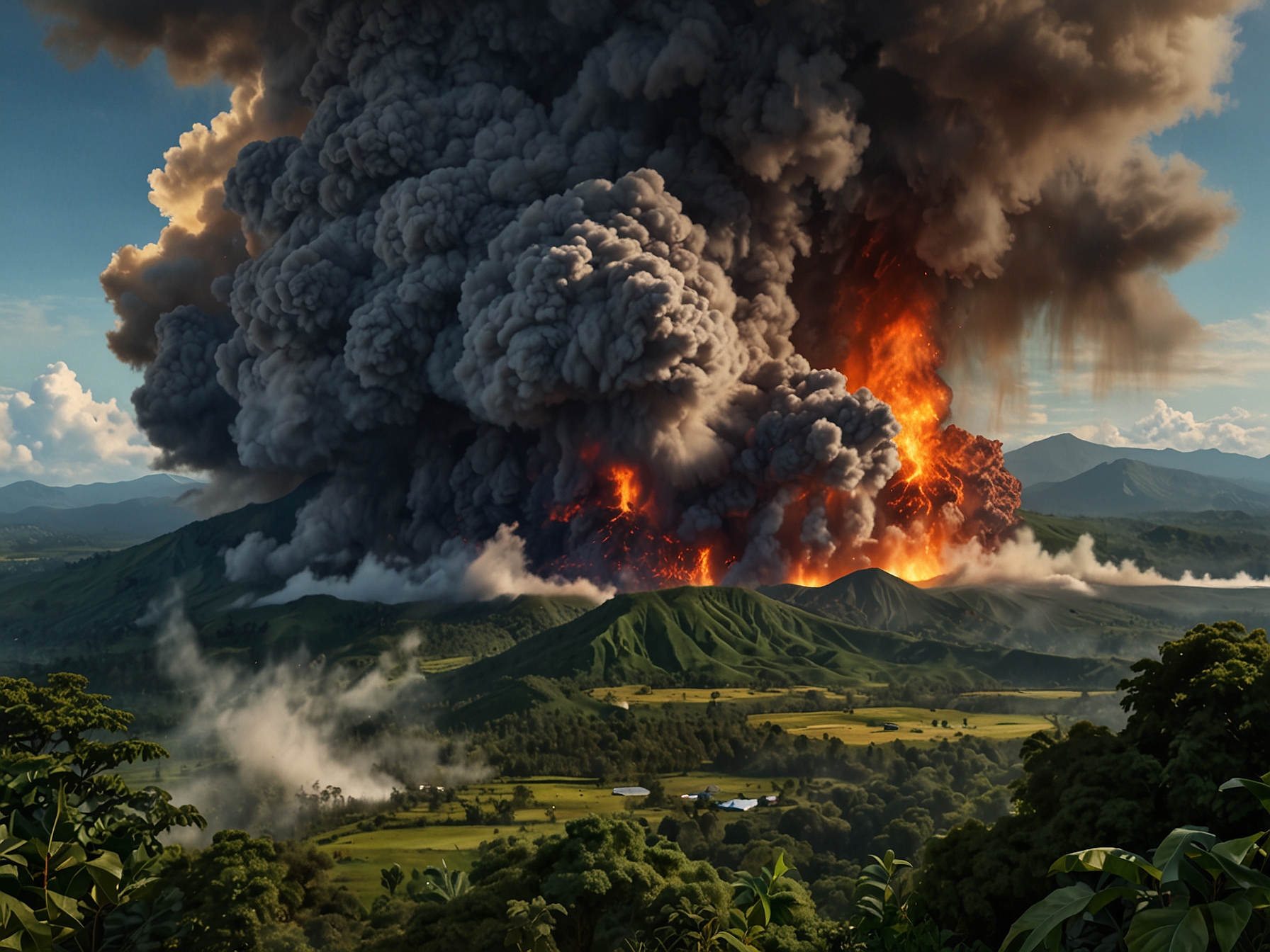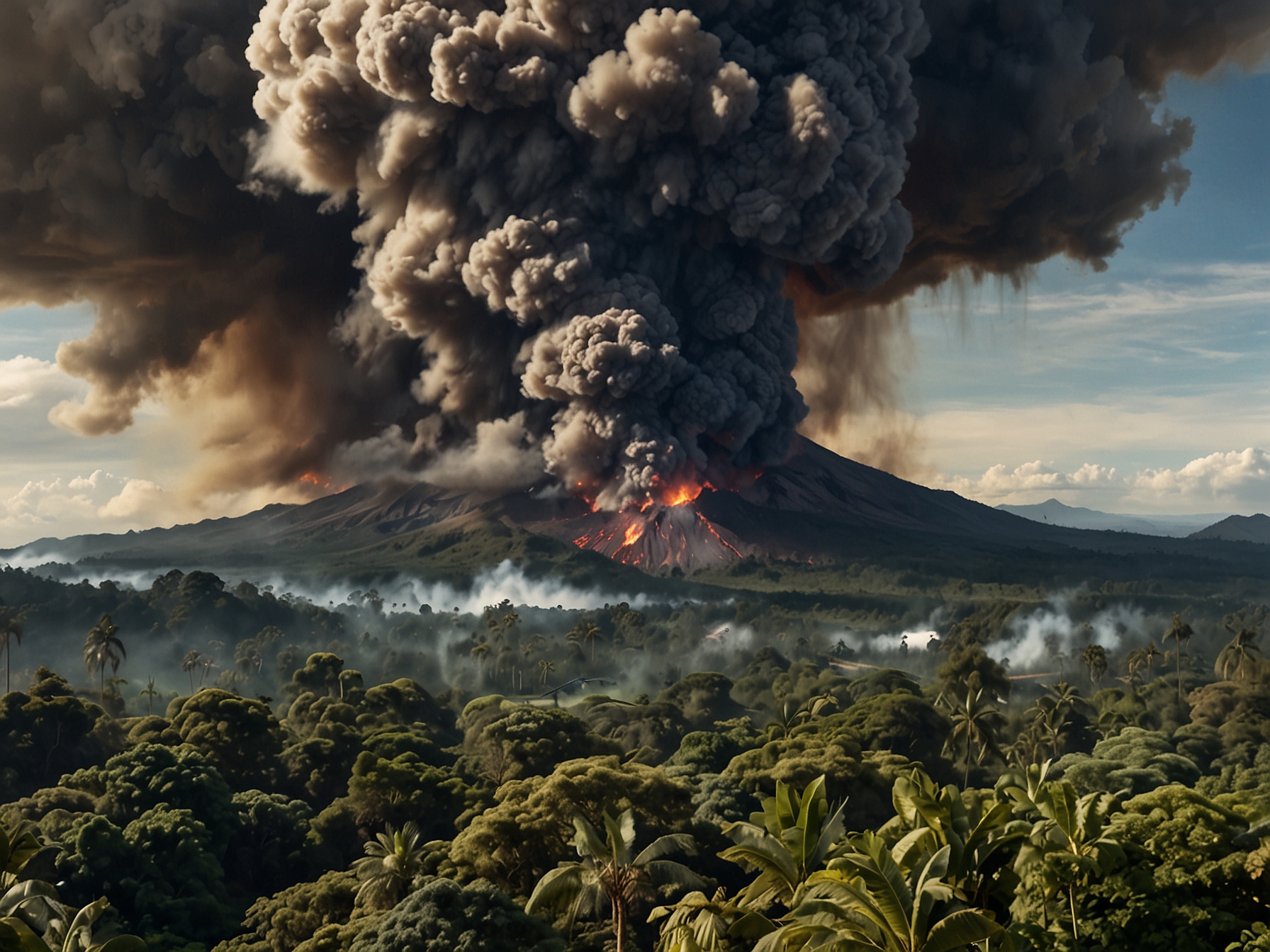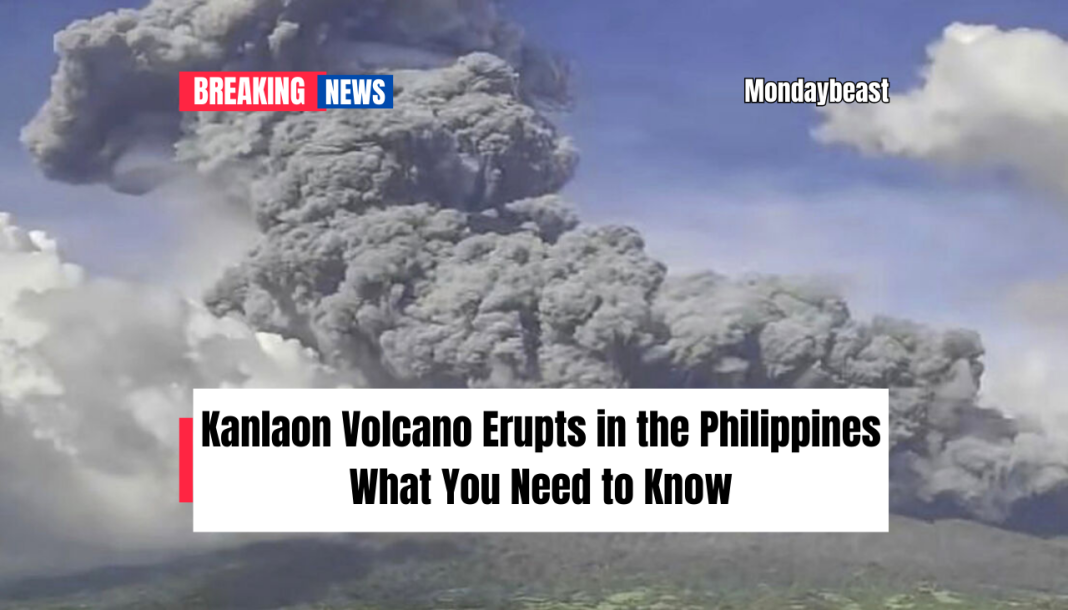Understanding the Impact of Kanlaon’s Eruption
The eruption of Kanlaon volcano has rattled communities in the Philippines. Threats of pyroclastic flows loom large. Can anyone really prepare for something like this?
When an active volcano erupts, it sends waves of anxiety through affected areas. Kanlaon is no stranger to this drama. It has erupted more than 40 times since 1866, yet every time it feels different. The ash cloud reached a staggering 2.5 miles into the sky. Residents, already on edge, were forced to evacuate rapidly. It’s a reminder of nature’s raw power, isn’t it?

These incidents spark debates about disaster preparedness. Many people wonder: Are we doing enough to protect at-risk communities? The government has initiated an evacuation for roughly 87,000 nearby residents. This raises crucial questions about response measures in such urgent situations.
Evacuations: The Urgency of the Moment
In times of danger, words like ‘evacuation’ take on a heavy meaning. What does it feel like to leave everything behind? For many families in La Castellana, this was all too real.
Officials warned residents about the risks from volcanic gases. “Getting hit by these pyroclastic density currents is like being run over by a high-speed vehicle,” said Maria Antonia Bornas. This vivid imagery captures the sheer terror faced by those living nearby.

With rain threatening to fall, the situation worsens. Heavy rain could dislodge fresh volcanic sediment, leading to disastrous landslides. The urgency couldn’t be overstated: evacuations were critical. How do families make that choice? Do they prioritize pets over possessions?
Observations from Residents
Dianne Paula Abendan, a local resident, recorded a video of the eruption. The sheer sight of the grey ash cloud was both haunting and mesmerizing. It felt surreal, watching a natural phenomenon unfold without any control over it.
Dianne mentioned seeing black smoke days prior, suggesting that the volcano was restless. This raises an intriguing point—how often do we ignore signals from nature? Waiting for the worst to happen often leads to heartbreak during evacuations. Have we learned not to take warnings seriously?
Flight Operations: Navigating New Challenges

What does a volcanic eruption mean for air travel? The nearby Bacolod-Silay International Airport continued operations, but officials cautioned carriers against low-flying routes. The caution highlights a larger concern—how interconnected our lives are in today’s world.
Each flight delay reminds people of the potential dangers overhead. The Civil Aviation Authority issued warnings, but how effective are they in the face of nature’s uncertainty? What additional considerations must airlines adopt in these circumstances?
The Cycle of Eruptions
Kanlaon’s eruptions have hurt residents before. In 1996, three hikers lost their lives. These tragic realities give every eruption a chilling historical context. It’s a sobering reminder of just how dangerous volcanic activity can be, especially for the unprepared.
Community collective memory plays a role in shaping response strategies. Have we learned from past mistakes, or do we find ourselves in the same cyclical pattern? The science of volcanology has come a long way, yet so many lives still hang in the balance.
Final Thoughts on Nature’s Fury
The drama of Kanlaon volcano serves as a stark illustration of our world’s unpredictability. With each eruption, questions arise about our resilience and preparedness. Is it possible to coexist with nature’s fury? Each eruption serves a purpose, leaving lessons in the ash it produces.
How we respond shapes the narrative of resilience in the face of adversity. In an era marked by climate change, can we truly prepare? These questions remain pressing, inviting us to think deeply about life’s fragile balance.




